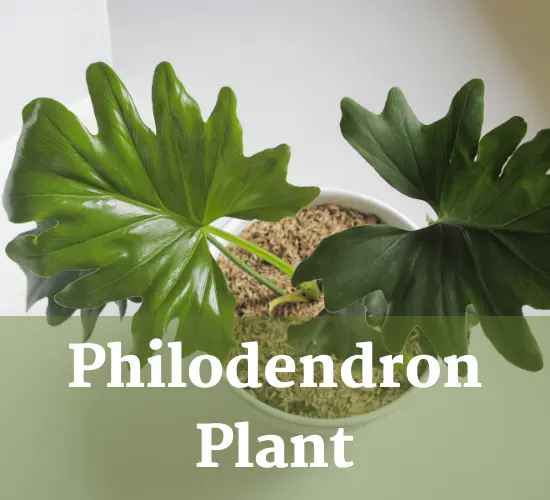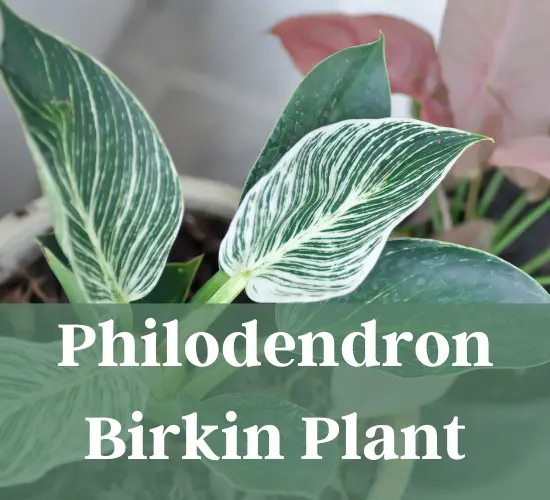Table of Contents
Philodendron Yellow Leaves
The sight of yellow leaves on your beloved Philodendron can be disheartening, but fret not, for there are proactive measures you can take to maintain its vibrant green foliage. This article aims to equip you with the knowledge and tips necessary to prevent your Philodendron leaves from turning yellow.
By understanding the underlying causes, such as soil moisture, watering techniques, and the plant’s light and humidity needs, you can ensure the health and longevity of your Philodendron.
As we delve into the reasons behind yellowing leaves, it is essential to adopt a scientific approach to caring for your Philodendron. By examining the relationship between soil moisture and watering, you can strike the perfect balance to prevent yellow leaves.
Additionally, understanding the plant’s light and humidity requirements will provide crucial insights that will enable you to create an environment conducive to its growth. By implementing these tips and techniques, you can foster a strong and healthy Philodendron, ensuring its leaves remain a vibrant shade of green, a testament to your dedication and care.
So, let us embark on this journey together and empower ourselves with the knowledge to keep our Philodendrons thriving.
Why Leaves Turn Yellow

One common reason for yellowing leaves on Philodendrons is improper soil moisture, particularly overwatering, which can lead to yellowing, drooping, and browning of the foliage. Philodendrons require well-draining soil and should only be watered when the top 25% of the soil is dry. Overwatering can cause the roots to suffocate and rot, leading to a lack of nutrient uptake and oxygen. This can result in yellowing leaves as the plant is unable to properly photosynthesize and produce chlorophyll.
In addition to overwatering, underwatering can also cause yellowing leaves. When the soil is too dry, the plant is unable to absorb enough water and nutrients, leading to stress and yellowing of the foliage.
Another common cause of yellowing leaves in Philodendrons is pests and diseases. Weakened or stressed plants are more susceptible to insect infestations, such as spider mites, scale, and mealybugs. These pests feed on the plant sap, causing damage to the leaves and leading to yellowing and browning.
In addition to pests, diseases such as root rot and fungal infections can also cause yellowing leaves. These diseases often occur as a result of overwatering or poor soil drainage, which creates a favorable environment for pathogens to thrive.
It is important to regularly inspect your Philodendron for any signs of pests or diseases and take appropriate measures to control and prevent their spread.
Soil Moisture and Watering

Improper soil moisture, particularly overwatering, can lead to the yellowing of Philodendron leaves. It is important to water your Philodendron properly to maintain its health and prevent yellow leaves.
Here are some proper watering techniques to keep in mind:
- Only water the plant when the top 25% of the soil is dry: Overwatering can suffocate the roots and lead to root rot, which in turn causes yellowing leaves. By allowing the soil to dry out between waterings, you ensure that the roots have enough oxygen to function properly.
- Avoid standing water: Philodendrons do not like to sit in waterlogged soil. Make sure that the pot has drainage holes and remove any excess water that collects in the saucer. Standing water can lead to root rot and yellowing leaves.
- Adjust watering frequency in winter: During the winter months, when the plant’s growth slows down, it is important to adjust your watering routine. Allow the plant to dry out more between waterings, but at the same time, increase humidity by misting the leaves or using a humidifier. This helps prevent the leaves from drying out and turning yellow.
- Monitor humidity levels: Low humidity can cause the leaves to droop, brown, and turn yellow. Philodendrons thrive in environments with higher humidity, so it is beneficial to increase humidity levels by placing a tray of water near the plant or using a humidifier.
- Observe signs of overwatering: Overwatering can manifest in various ways, such as wilted or yellowing leaves, mushy or rotten roots, or a foul smell coming from the soil. If you notice any of these signs, it is crucial to adjust your watering practices to prevent further damage to the plant.
By following these proper watering techniques and being mindful of signs of overwatering, you can help keep your Philodendron healthy and prevent the occurrence of yellow leaves.
Light and Humidity
Insufficient exposure to bright indirect sunlight can negatively impact the health and growth of Philodendron plants, potentially leading to yellowing leaves. Philodendrons are tropical plants that thrive in bright, indirect sunlight. In their natural habitat, they are often found growing under the canopy of taller trees, receiving filtered light. When grown indoors, it is important to provide them with a similar lighting environment.
Placing them near a window with filtered light or using sheer curtains to diffuse direct sunlight can help create the ideal lighting conditions for the plant. Indoor lighting plays a crucial role in the photosynthesis process of Philodendrons. Insufficient light can slow down the plant’s metabolic rate, affecting its ability to produce energy and nutrients. As a result, the leaves may turn yellow or develop a pale green color.
To prevent this, it is recommended to place the Philodendron in a location where it can receive bright, indirect light for several hours a day. If the lighting conditions in your home are not sufficient, you can also consider using artificial grow lights specifically designed for indoor plants.
In addition to proper lighting, maintaining adequate humidity levels is also important for the health of Philodendron plants. These plants thrive in humid environments, similar to their native tropical habitats. Dry air can lead to leaf browning, drooping, and yellowing. To increase humidity, you can mist the leaves regularly, place a tray of water near the plant, or use a humidifier. Additionally, grouping plants together can create a microclimate that helps to retain moisture in the air.
By ensuring the right balance of light and humidity, you can help keep your Philodendron healthy and prevent yellowing leaves.
Frequently Asked Questions
How often should I fertilize my Philodendron to prevent yellow leaves?
To prevent yellow leaves on your Philodendron, it is recommended to fertilize the plant every month during the growing season. Use a balanced, water-soluble fertilizer and follow the instructions for application to maintain healthy foliage.
Can yellow leaves on a Philodendron be a sign of disease?
Yellow leaves on a philodendron can be a sign of disease, but it is more commonly caused by factors such as improper soil moisture, low humidity, overexposure to sunlight, or insect infestations. Treating yellow leaves involves addressing these causes.
Are there any specific pests that commonly attack Philodendron plants and cause yellowing leaves?
Common pests such as spider mites, scale, and mealybugs can attack philodendron plants, resulting in yellowing leaves. Prevention methods include regularly inspecting plants, maintaining proper humidity, and using insecticidal soap or neem oil for control.
Can yellow leaves be a sign of nutrient deficiencies in the soil?
Yellow leaves can be a symptom of nutrient deficiencies in plants. Lack of essential nutrients like nitrogen, iron, or magnesium can lead to yellowing leaves. Testing the soil and providing appropriate fertilization can help resolve these deficiencies.
What are some common mistakes to avoid when caring for a Philodendron to prevent yellow leaves?
Common mistakes to avoid when caring for a philodendron to prevent yellow leaves include overwatering and inadequate lighting. Overwatering can lead to root rot, while inadequate lighting can cause the plant to become weak and develop yellow leaves.